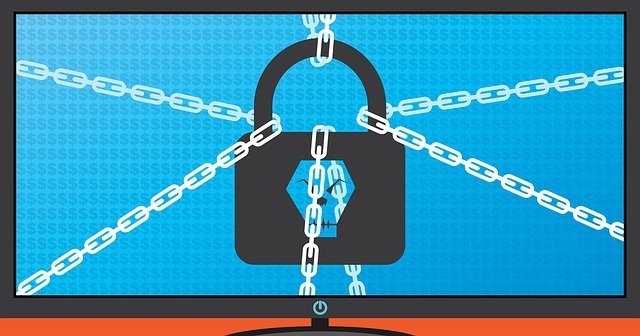Cybersecurity is more critical than ever in today’s modern world, especially with news of ransomware attacks and other forms of malware on the rise. To keep your systems secure and your files out of the hands of cybercriminals takes an increasingly comprehensive knowledge of cybersecurity technology.
Cyber-attacks have escalated to the point where, according to studies, nearly 60% of firms will face or experience service failure owing to a lack of IT security during the year. Existing tools and technologies are insufficient to completely thwart hackers.
Modern-day internet users need to ensure they are protected, and companies should also set cybersecurity protocols to help keep their systems secure from threats. Cybersecurity can be a bit confusing, and while antivirus software has usually worked in the past, cybercriminals are getting smarter and more adept at tricking these systems.
The majority of cyber-attacks actually use phishing or social engineering, where users are tricked into revealing personal information. These kinds of attacks are difficult to prevent through technology alone but instead require education about how to properly safeguard your information. Aside from this, there are lots of different cybersecurity technologies which all provide different benefits. We’ve made a list of some of the top cybersecurity technologies you can use to keep your system secure and make sure your files are protected.

VPN
A VPN masks your IP address by allowing the network to route it through a VPN host’s configured remote server. When you use a VPN to access the internet, all of your browsing data is routed through the VPN server. In other words, your Internet Service Provider (ISP) and any other third parties will be unable to see the websites you visit or the data you transmit and receive over the internet. A VPN acts as a filter, preventing prying eyes from viewing your online activity.
People use VPNs to help protect their online activity, and ensure that those with access to their network can’t see what they’re doing. When browsing the web in normal circumstances, someone with network access is able to view all unencrypted data being transmitted through the network. However, when you use a VPN, hackers and cybercriminals will be unable to decode this data.
Not only that, but VPNs are also useful for disguising your location. Many sites can only be accessed from within a particular country and a VPN can be used to bypass these blocks. As a result, VPNs are widely used by those who wish to protect their details while using the web. Whether you’re downloading files or simply browsing, it can be a very useful bit of software.
Zero Trust
Forrester Research analyst John Kindervag coined the term “zero trust” in 2010 because, at the time, the concept of trustworthy internal networks and untrusted external networks was seen as flawed. Instead, it was proposed that all network communication be considered untrustworthy. Zero Trust is a security concept based on the premise that businesses should verify anything attempting to connect to IT systems before providing access. The Zero Trust model strategy is to secure network access services that enable the virtual delivery of high-security, enterprise-wide network services for SMBs to large businesses on a subscription basis.
The concept of Zero Trust Architecture (ZTA) is that no implicit user trust is provided to accounts or devices based on their location or the location of the network or apps. To comply with the Zero Trust architecture model, each user or device must be properly approved and authenticated while connecting to a corporate network. You can learn more about Zero Trust in this article.
SDP
The software-defined perimeter, or SDP, is a security framework that regulates resource access, based on identity. An SDP hides an organization’s infrastructure from outsiders, regardless of where it is situated, by constructing a perimeter with software rather than hardware. That way only authorized users can access it.
SDP is based on the Defence Information Systems Agency’s (DISA) “need to know” model, devised in 2007. It requires all endpoints attempting to access a specific infrastructure to be verified and authorized before being allowed in. The Cloud Security Alliance (CSA) published SDP working group advice in 2013.
A software-defined perimeter allows users to access network-based services, applications, and systems securely and without risking their personal information. They can be used in both public and private clouds, as well as on-site. The perimeter cloaks users so outsiders can’t see them and is sometimes referred to as the black cloud.
SDP software is designed to provide the perimeter security architecture required for zero-trust applications to medium and large businesses. The virtual boundary of an SDP that surrounds the network layer not only reduces the surface for an attack but can also be installed on any host without network reconfiguration.
The post 3 Cybersecurity Technologies You Should Know appeared first on The Crazy Programmer.
from The Crazy Programmer https://ift.tt/2UVVadg
Comments
Post a Comment